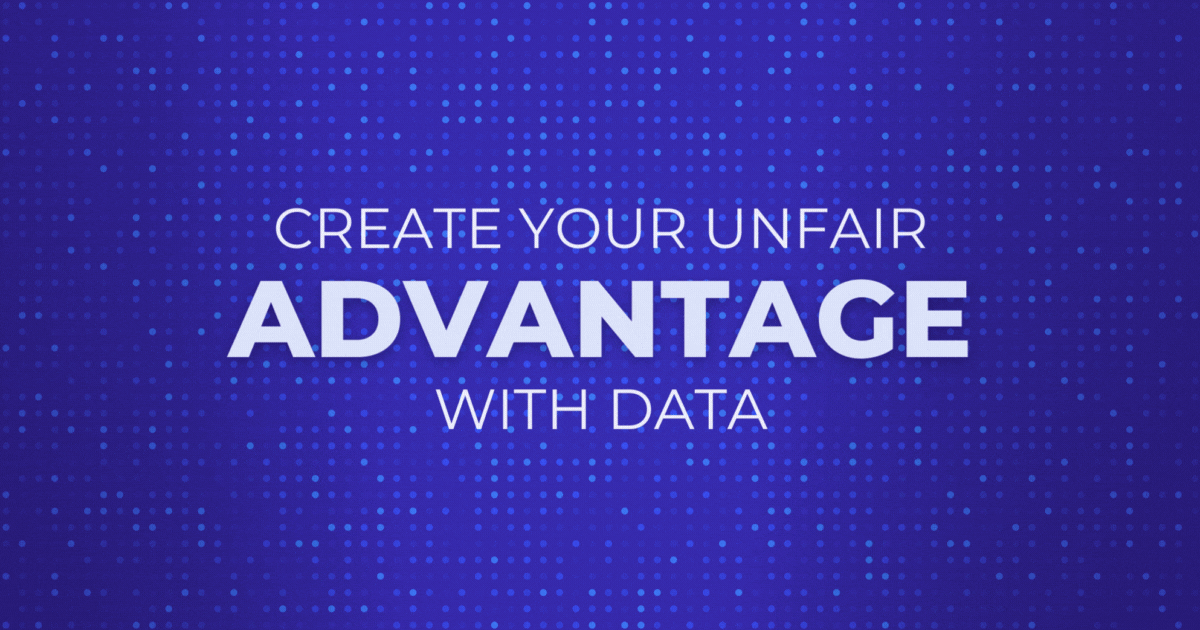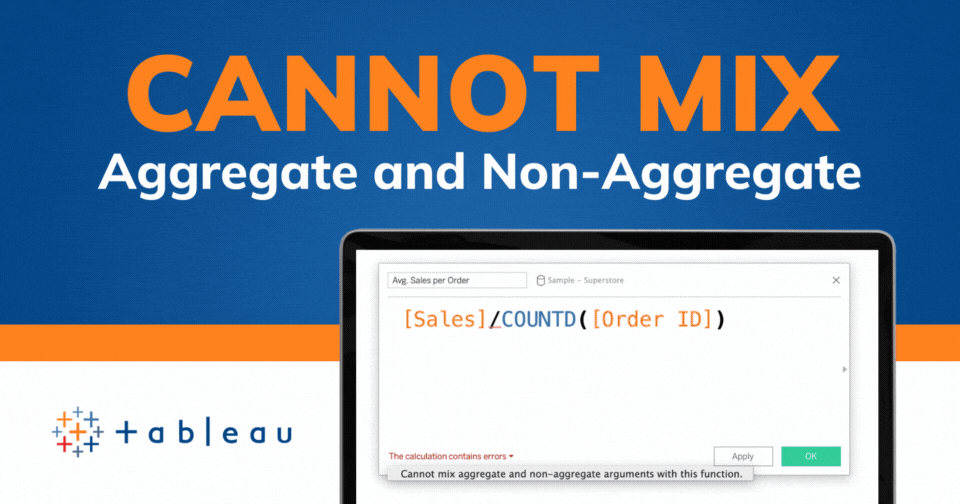Tableau Conference 2025 | Know Before You Go
If you’re a data enthusiast, analytics professional, or just someone curious about Tableau’s latest innovations, the Tableau Conference 2025 is your...

Continuous improvement is a concept that encourages businesses to continually improve their operations and products by drawing insights from dynamic data sets.
According to Gartner, 80% of executives agree that their businesses will lose their competitive advantage if they do not utilize data effectively. However, the majority of organizations lack a formal data governance framework, which means they don’t have the necessary foundations upon which to build an effective data analytics stack.
One of the most common misconceptions about being a data-driven organization is the belief that it’s a destination, a goal with a specific endpoint. However, just like everything else, data is always changing, and it has a finite lifespan. A lot of data loses its relevance over time and, in doing so, loses its value in many business use cases.
The ever-changing and often unpredictable nature of today’s data environments means that data should be treated as a journey of continuous improvement. To that end, becoming data-driven isn’t a quest for perfection but a quest for improvement – and given that perfection is an impossible goal, there’s always room for improvement.

Continuous improvement is a philosophical concept borrowed from the manufacturing sector. The practice has since been formalized and deployed across a variety of industries, such as agile software development, lean manufacturing, and kaizen in business operations. However, the ultimate goal is the same across the board – to never stop improving.
In today’s highly competitive and increasingly complex business environments, embracing the concept of continuous improvement has become vital for short- and long-term success alike. Cash cows are now largely a thing of the past, and, to stay relevant, businesses must embrace continuous improvement to keep ahead of the curve.
Data has a profound impact on guiding informed decisions on improved business processes. To optimize their operations and add value, businesses must understand which data is worth tracking and establish a uniform way to transform it into actionable insights that enable informed and timely decision-making. It's no longer enough just to collect data - it must be exposed as actionable insights to create measurable value.
Before businesses can effectively leverage big data for analytics, they must first establish the technological, administrative, and operational foundations necessary to govern it. An effective data governance program ensures that data is accurate, consistent, and, therefore, trustworthy. In a properly governed data environment, people have the means to access, trust, and make sense of data.
Continuous improvement must also be applied to the cyclical process that is data governance. After all, governance is itself a continuous process rather than an endpoint. A data governance strategy should embed continuous improvement by implementing the means to monitor and measure the quality and relevance of data throughout its lifecycle and, to a significant extent, automate its management.
Consider the fact that today’s organizations face a literal onslaught of data, such as local databases, streaming data, and data hosted in myriad cloud-based apps and services. In such an environment, there’s bound to be duplication and overlap in these sources. This can have real consequences too.
For example, duplicate contact details can be detrimental to customer experience if it leads to the same emails being sent multiple times to the same customer. Marketing campaigns suffer if email newsletters are sent to the wrong address. Invoices might never get paid if they aren’t sent to the right address. The list goes on.
Data quality issues like these highlight the need for continuous monitoring and refinement of your databases, and that requires an effective governance framework. That, in turn, requires context and knowledge in the form of metadata that can be easily managed and analyzed. And, given the sheer size of today’s data sets and the fact they’ve become much too large for human comprehension, it’s essential to use automated solutions empowered by artificial intelligence and machine learning.

Most of the effort that goes into creating a data-driven culture is dedicated to the management of data. This is important because if people can’t trust the data that’s being analyzed, then they won’t be able to trust the results either. However, just as important is the need to align data analytics strategy with core objectives across each business domain.
With that in mind, here are the three fundamental pillars of using data to empower continuous improvement:
With the right strategy and infrastructure in place, business users can leverage data analytics to iteratively improve their operations. Customer-facing teams like sales, support, and marketing can use data to get a more accurate picture of the customer journey and how it changes and evolves over time. With the help of prescriptive analytics, they can automate routine operations, such as posting updates on social media, sending out email promotions, and dynamically pricing products according to demand. In other words, they have the insights necessary to deliver a highly targeted customer experience that gets better every time. The same approach can and should be applied to internal operations like employee engagement and how teams spend time on value-add tasks.
In the end, well-governed data and accessible insights drive improvement across every business domain. And every business should be looking for their unfair advantage with data.
DataDrive is your managed workforce for data analytics. We combine our end-to-end Analytics Accelerator platform with domain-specific expertise to help you realize the full potential of your data.
-2.gif)
If you’re a data enthusiast, analytics professional, or just someone curious about Tableau’s latest innovations, the Tableau Conference 2025 is your...

Tableau Plus is the new premium offering from Tableau, a leading data visualization and business intelligence platform. It builds upon the...

If you've spent any time working with Tableau, you've likely encountered the dreaded "Cannot Mix Aggregate and Non-Aggregate Arguments" error. It's a...